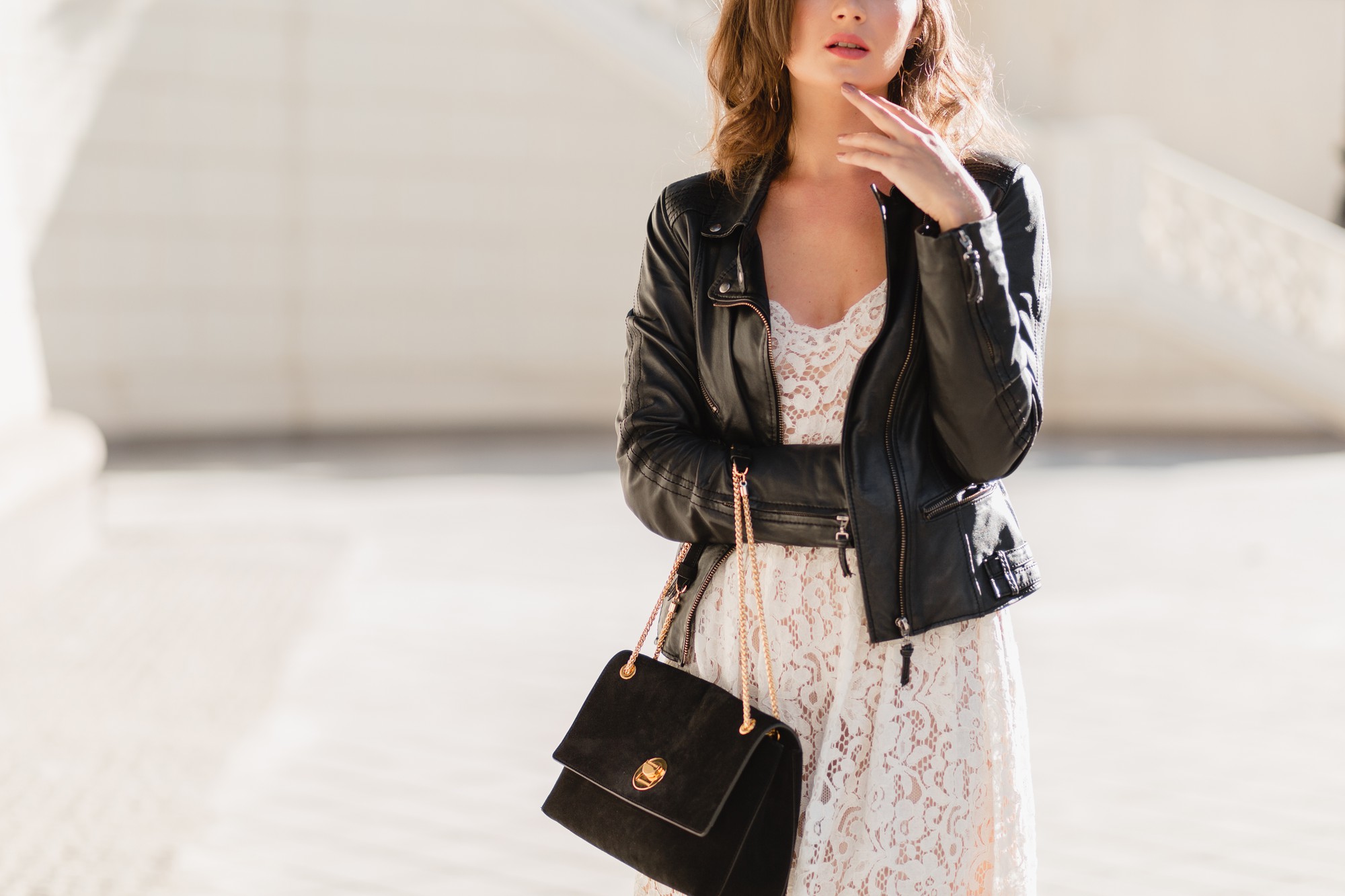Fast fashion may still dominate social media hauls, but there’s a new movement taking over: pre-loved luxury. Gen Z is leading the charge, embracing secondhand designer fashion as a way to score high-quality pieces without contributing to the wasteful cycle of fast fashion. According to ThredUp, the resale market is growing 11 times faster than traditional retail, proving that sustainability and style can go hand in hand.
The scene: A Gen Z shopper swipes past a Shein haul on TikTok, then taps over to Depop to bid on a vintage Chanel bag. This isn’t just a trend—it’s a $36 billion resale revolution (ThredUp 2023 Report). Here’s why pre-loved fashion is dominating, and how to build a luxury wardrobe without the luxury price tag.
Disclaimer – This post may include affiliate links, which means I could earn a commission if you sign up or shop through my links—at no extra cost to you.
The Fast Fashion Trap: Why Cheap Clothes Cost You More
Fast fashion lures shoppers in with rock-bottom prices, but those “deals” often don’t last.
The Math That Changes Minds
| Purchase | Price | Wears | Cost Per Wear |
|---|---|---|---|
| Shein Top | $12 | 3 | $4 |
| Vintage Levi’s Jacket | $45 | 200+ | $0.23 |
The shocker: That “$5 bargain” costs 17x more per wear than the vintage find.
Hidden Costs of Fast Fashion
- Environmental: Producing 1 polyester shirt releases 5.5kg CO2 (UNEP)
- Financial: The average American spends $1,700/year on fast fashion (CNBC)
- Ethical: 93% of fast fashion brands don’t pay living wages (Fashion Checker)
Gen Z’s Secondhand Playbook
1. The Resale Apps Winning Their Trust
| Platform | Best For | Pro Tip |
|---|---|---|
| The RealReal | Luxury authentication | Filter for “Never Worn” items |
| Depop | 90s/Y2K trends | Search “deadstock” for unworn vintage |
| Poshmark | Contemporary brands | Bundle items for 20%+ discounts |
Unexpected gem: Facebook Marketplace now has 3.5M+ luxury listings (perfect for local deals).
2. Authentication Hacks
Shopping for secondhand designer items comes with one big question: Is it real? Here’s how to ensure you’re getting the real deal:
- The RealReal offers authentication on every item, meaning you can shop worry-free.
- Poshmark has a Luxury Authentication Service for items over $500.
- Check serial numbers and stitching. Designer brands use precise craftsmanship, so uneven stitching or misspelled brand names are red flags. Luxury items have 8-12 stitches per inch (fast fashion uses 5-6)
- Request detailed photos. Always ask for clear images of tags, logos, and fabric close-ups.
- Smell: Real leather smells earthy; pleather smells like chemicals
- Zippers: Authentic bags use Lampo, YKK, or Riri brands
Free tool: Download Entrupy’s AI authentication app (uses microscopic imaging).
3. The Thrifting Strategy Saving Shoppers 70%
The “3-3-3 Rule”:
- 3 Colors: Stick to neutral palettes (black, beige, white) for maximum mixing
- 3 Materials: Prioritize wool, silk, and organic cotton for longevity
- 3 Seconds: If you don’t love it instantly, put it back
4. The Eco-Impact: Why Buying Secondhand Matters
Beyond saving money, shopping secondhand has a major environmental impact:
- Buying just one used clothing item reduces its carbon footprint by 82% (EPA).
- The resale market keeps millions of pounds of clothing out of landfills each year.
- Luxury brands use higher-quality materials, meaning these pieces can be worn for years, reducing demand for disposable fashion.
5. Making the Switch: How to Start Your Secondhand Luxury Journey
If you’re ready to embrace pre-loved fashion, here’s how to get started:
- Explore resale platforms like The RealReal, Poshmark, and Vestiaire Collective. [Join Vestiaire Collective and get 20% off with my referral code REFUHWC-CUHQ.]
- Set a budget and focus on timeless staples like bags, denim, and blazers.
- Do your research to spot authentic, high-quality pieces.
- Sell what you don’t wear to reinvest in better, long-lasting items.
The Sustainability Impact You Can Measure
Your Secondhand Shopping =
✅ 82% lower carbon footprint per item (EPA)
✅ 700 gallons of water saved per cotton tee (WRAP)
✅ 1 less garment in landfills (where clothes take 200+ years to decompose)
Case Study: Buying a used wool coat instead of new:
- Saves 6 sheep worth of wool (Sustainable Apparel Coalition)
- Prevents 40kg CO2 (equivalent to driving 100 miles)
Your 7-Day Secondhand Challenge
Monday: Download GoodOnYou app to rate brand ethics
Wednesday: Visit a local consignment store (try on 3 pieces)
Friday: Host a clothing swap with friends
Sunday: List 5 unused items on Poshmark
Bonus: For every item sold, donate 10% to Remake (fights fast fashion labor abuses)
Final Thoughts: The Future of Fashion is Pre-Loved
Gen Z is proving that luxury doesn’t have to mean brand new. By embracing secondhand designer fashion, you’re not just making a smart financial choice—you’re also contributing to a more sustainable, waste-free future.
So next time you’re tempted by a fast fashion haul, consider investing in something timeless, unique, and pre-loved. Your wallet (and the planet) will thank you!
